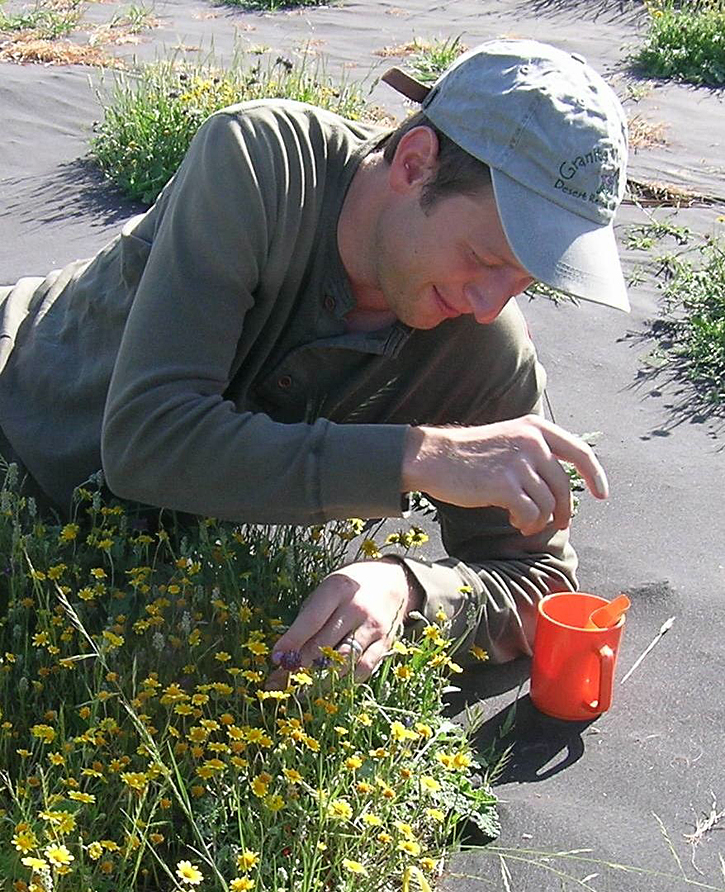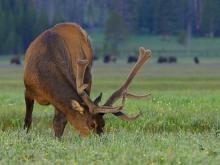


Researchers at UC Santa Barbara have shed new light on the ecological interactions that explain plant diversity. The results were published this week in the Proceedings of the National Academy of Sciences.
Anyone who has spent time hiking in the mountains or combing through tidepools is struck by the astounding diversity of species. Yet, for ecologists, this great variety leads to a challenging question: What keeps the best competitor from excluding all the other species? One explanation is that the strongest competitors are kept in check by their predators.
"The species that are the best competitors are the most likely to be eaten, and this prevents them from winning outright," said lead author David Viola, a doctoral student in UCSB's Department of Ecology, Evolution and Marine Biology (EEMB). "Until now, no one has attempted to determine how widespread this competition-predator defense tradeoff is in nature."
Viola, five fellow doctoral students, and EEMB professors Jonathan M. Levine and Bradley J. Cardinale set out to measure the overall strength of the tradeoff. To do this, they collected data from previously published studies of plant communities. Through their analysis, they found that in most plant communities, the best competitors were actually more resistant to herbivores, rather than less. "We were quite surprised, because this particular tradeoff is such a common concept in ecology," said Viola.
Levine and Cardinale came up with the idea for the project as part of a seminar they led for graduate students. "We began with the simple goal of quantifying the strength of the competition-predator defense tradeoff," said Levine. "The six doctoral students broadened the scope and took the analysis in a novel and interesting direction."
For example, although the competition-defense tradeoff was uncommon, Viola noted that "in the minority of cases, when the good competitors were more vulnerable to herbivores, diversity was maintained."
The authors stress the practical implications of this last point. Both nutrient pollution and the loss of herbivore species can upset the equilibrium within plant communities and cause subsequent losses of diversity.
"We continue to learn how intricate the internal connections within natural systems are," Viola said. "A change in one part will almost assuredly have consequences that propagate through to other levels."
Related Links



